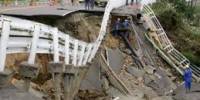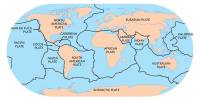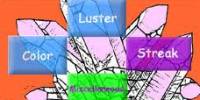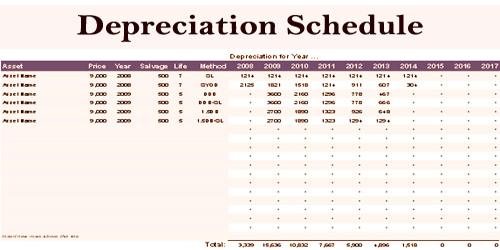Porphyry
Definition
Porphyry is an igneous rock containing the large crystals known as phenocrysts embedded in a fine-grained matrix. The larger crystals are called phenocrysts. In its non-geologic, traditional use, the term porphyry refers to the purple-red form of this stone, valued for its appearance. The term porphyry is from Ancient Greek (πορφύρα porphúra) and means “purple”. Purple was the color of royalty, and the “imperial porphyry” was a deep purple igneous rock with large crystals of plagioclase. Some authors claimed the rock was the hardest known in antiquity. “Imperial” grade porphyry was thus prized for monuments and building projects in Imperial Rome and later.
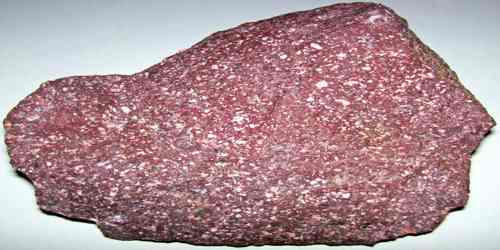
Historically, purple was regarded as the royal color, and porphyry was prized for various monuments and building projects in Imperial Rome and later. For example, it was used for the columns of Hagia Sophia (in Constantinople, now Istanbul) and in the “Porphyra”, the official delivery room used by pregnant empresses in the Great Palace of Constantinople. Today, there are at least 134 porphyry columns in buildings around Rome, all reused from imperial times. In addition, countless altars, basins, and other objects are made from this stone.
The adjective porphyritic now refers to a certain texture of igneous rock regardless of its chemical and mineralogical composition. Its chief characteristic is a large difference in size between the tiny matrix crystals and the much larger phenocrysts.
Formation, Properties and Uses of Porphyry
Porphyry deposits are formed when a column of rising magma undergoes cooling in two stages:
- In the first stage, the magma cools slowly deep within the crust, creating the large crystal grains with a diameter of 2 millimeters or more.
- In the second stage, the magma is cools rapidly at relatively shallow depth or as it erupts from a volcano, creating small grains that is usually invisible to the unaided eye.
The cooling also leads to a separation of dissolved metals into distinct zones. This process is one of the main reasons for the existence of rich, localized metal ore deposits such as those of gold, copper, molybdenum, lead, tin, zinc, and tungsten.
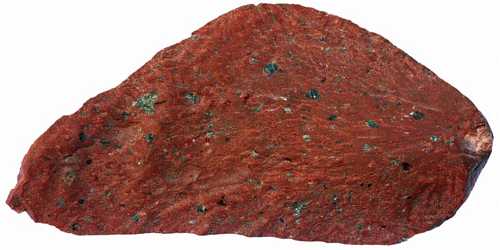
Rhomb porphyry is a volcanic rock with gray-white large porphyritic rhomb- shaped phenocrysts embedded in a very fine-grained red-brown matrix. The composition of rhomb porphyry places it in the trachyte–latite classification of the QAPF diagram.
Rhomb porphyry lavas are only known from three rift areas: the East African Rift (including Mount Kilimanjaro), Mount Erebus near the Ross Sea in Antarctica, and the Oslo graben in Norway. It is intrusive.
Porphyry properties are essential when it comes to identification of rocks. Rocks are rated on the on the Moh’s Hardness Scale which rates the rocks on the scale from 1 to 10. Rocks with hardness 1-3 are soft rocks from 3-6 are medium hardness rocks and 6-10 are hard rocks. The hardness of Porphyry is 6-7 whereas its compressive strength is Not Available. Streak is the color of rock when it is crushed or powdered. The streak of Porphyry is white whereas its fracture is irregular. Luster of Porphyry is the interaction of light with the surface of Porphyry. Luster of Porphyry is dull. Porphyry cleavage is imperfect. The specific gravity of Porphyry is 2.5-4. Porphyry is translucent to opaque in nature whereas its toughness is 1.7.

Ancient Egyptians used other decorative porphyritic stones of a very close composition and appearance, but apparently remained unaware of the presence of the Roman grade although it was located in their own country. Porphyry was extensively used in Byzantine imperial monuments, for example in Hagia Sophia and in the “Porphyra”, the official delivery room for use of pregnant Empresses in the Great Palace of Constantinople.
Porphyry was used extensively for decoration in Germany, Poland, and Czechoslovakia. This can be seen in the Mannerist style sculpted portal outside the chapel entrance in Colditz Castle. Also, King Louis XIV of France obtained the largest collection of porphyry by acquiring the Borghese collection. Example of porphyries
- Dacite porphyry
- Trachyte/latite porphyry
- Diorite porphyry
- Granite porphyry
- Rhyolite porphyry
- Basalt porphyry
Porphyry was also used for the blocks of the Column of Constantine in Istanbul.
Reference:
